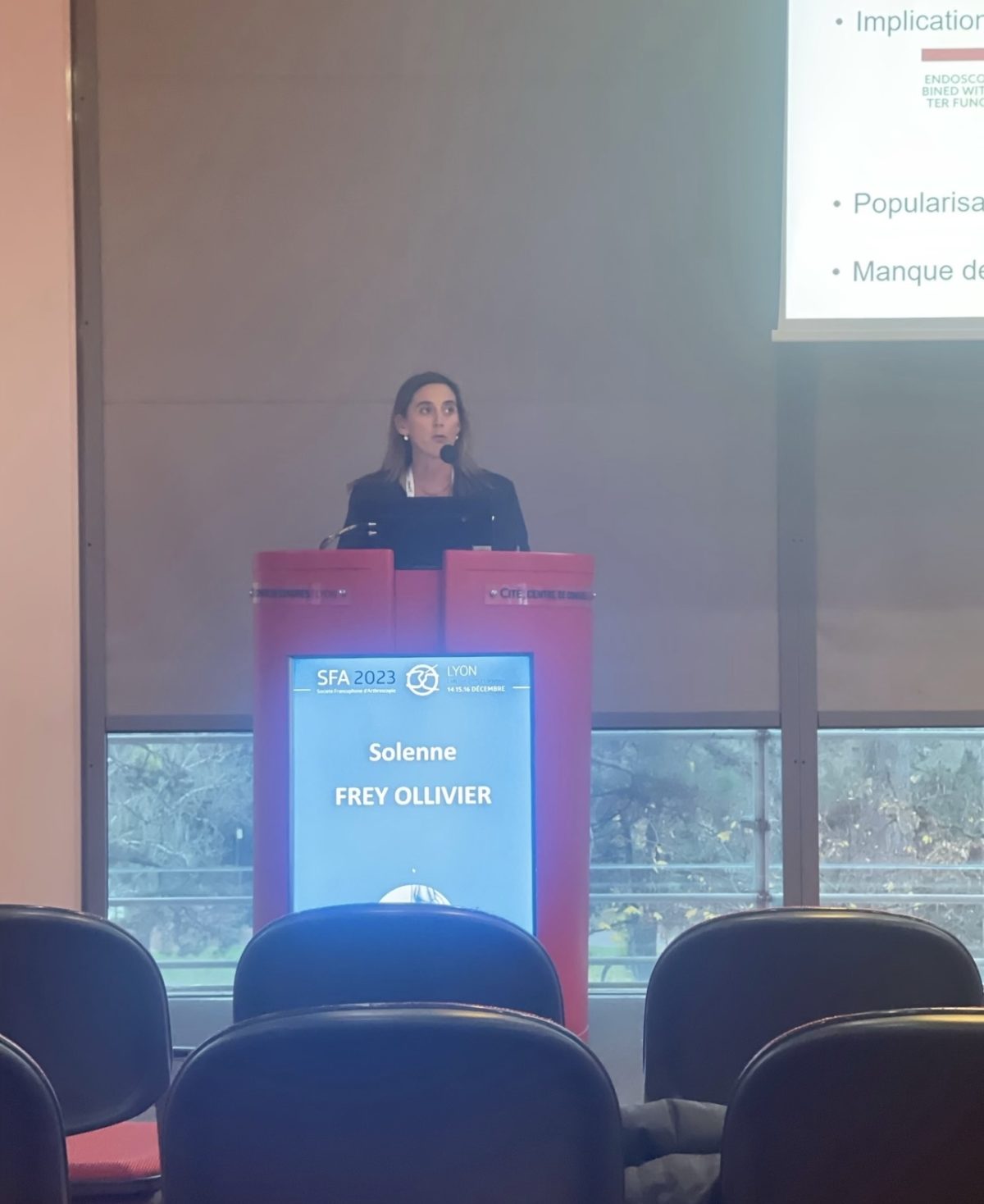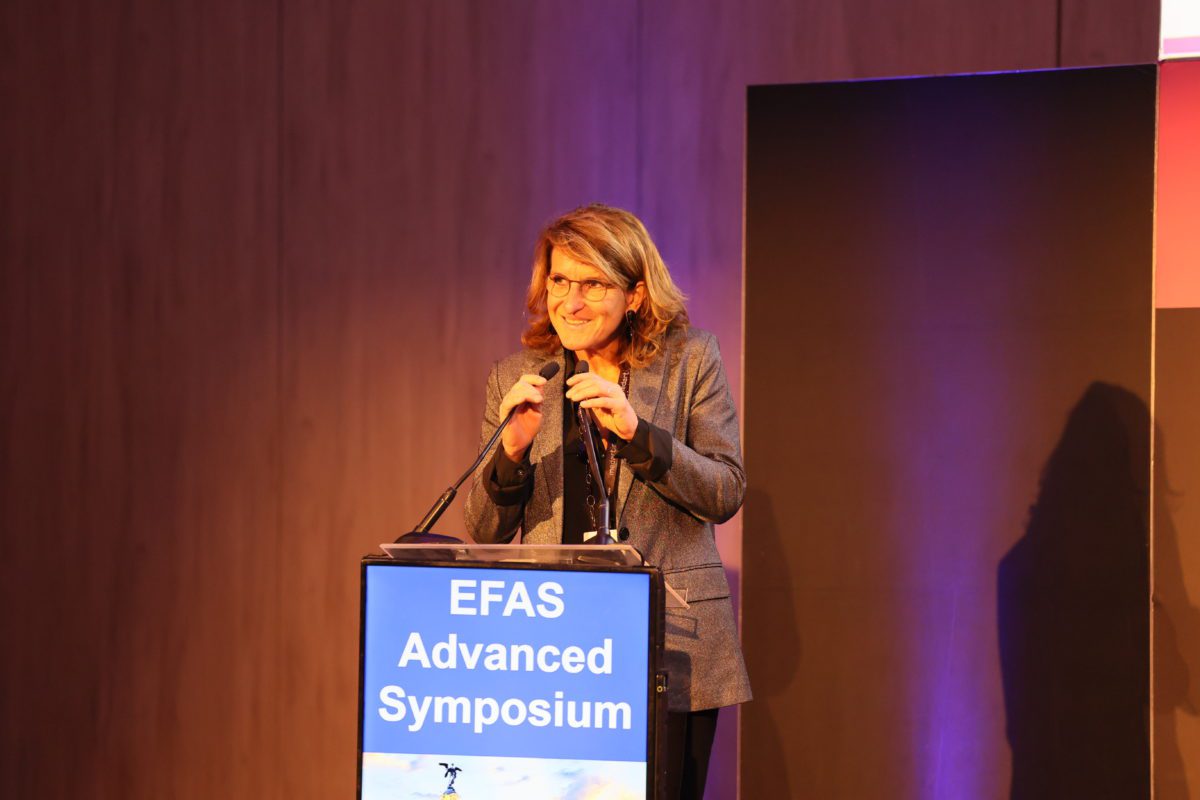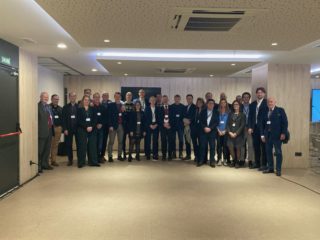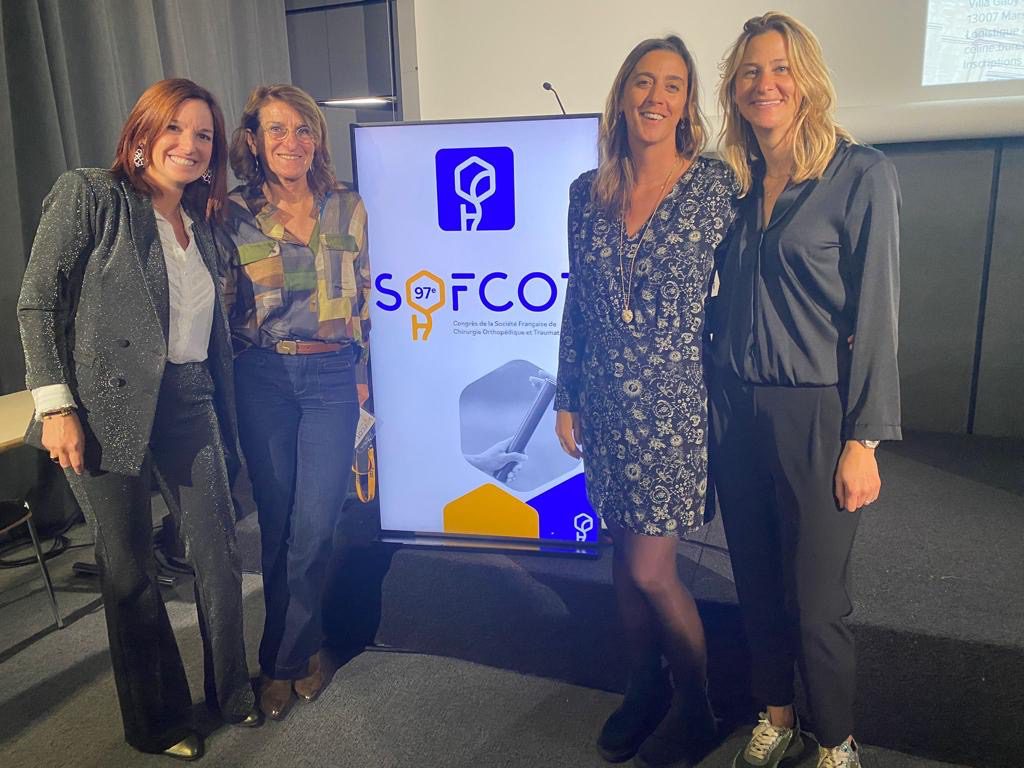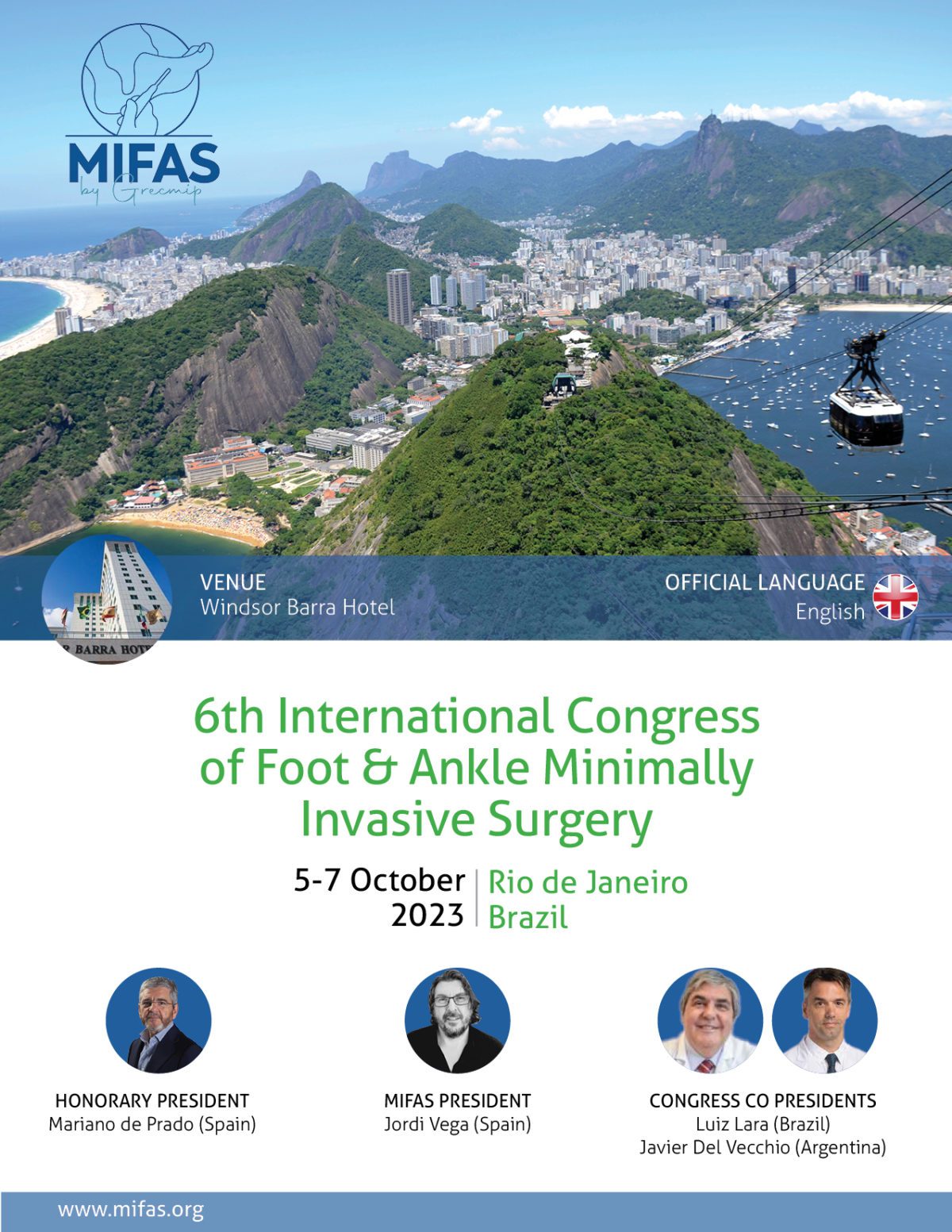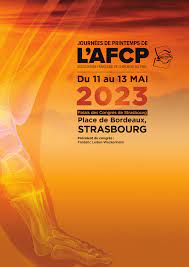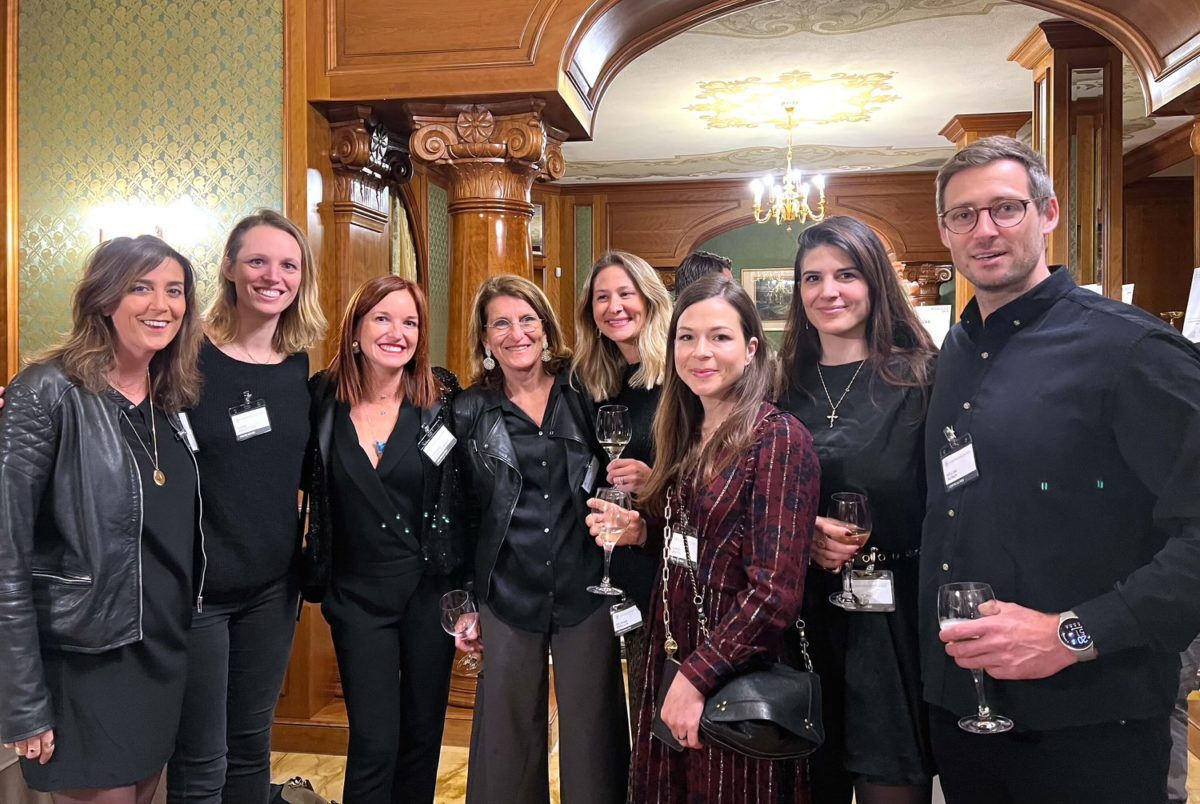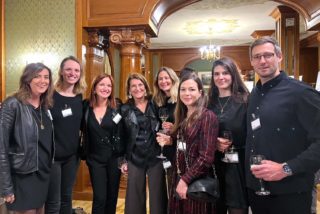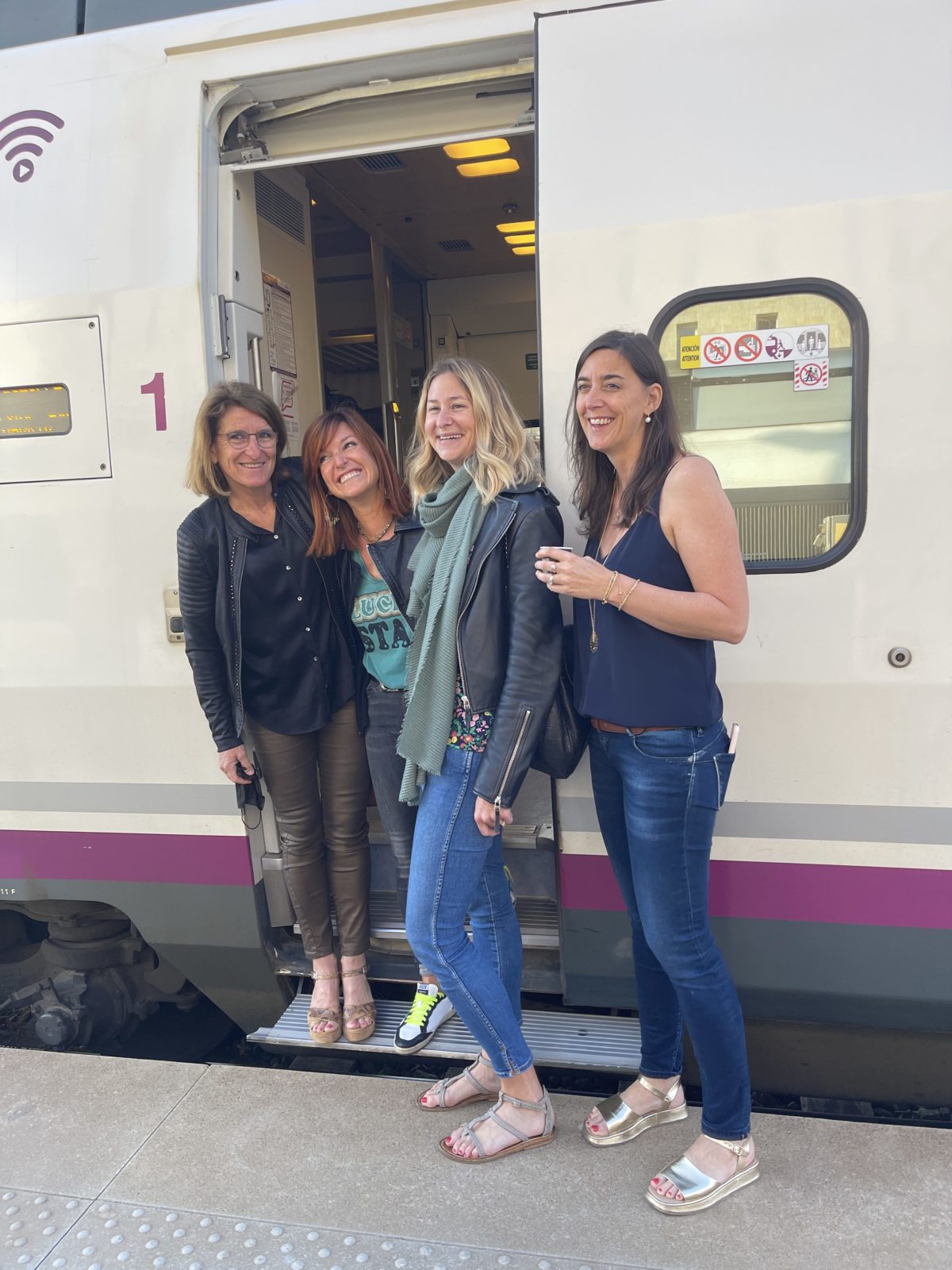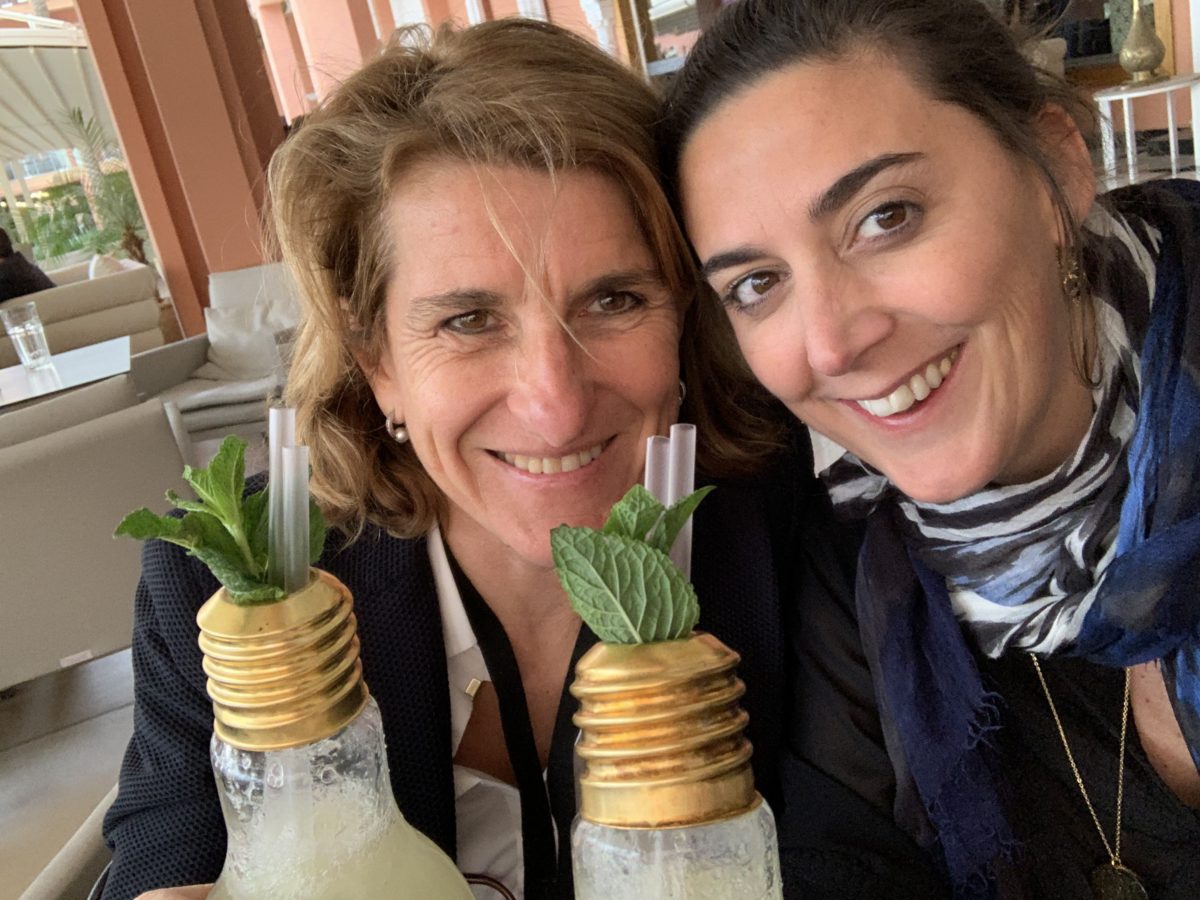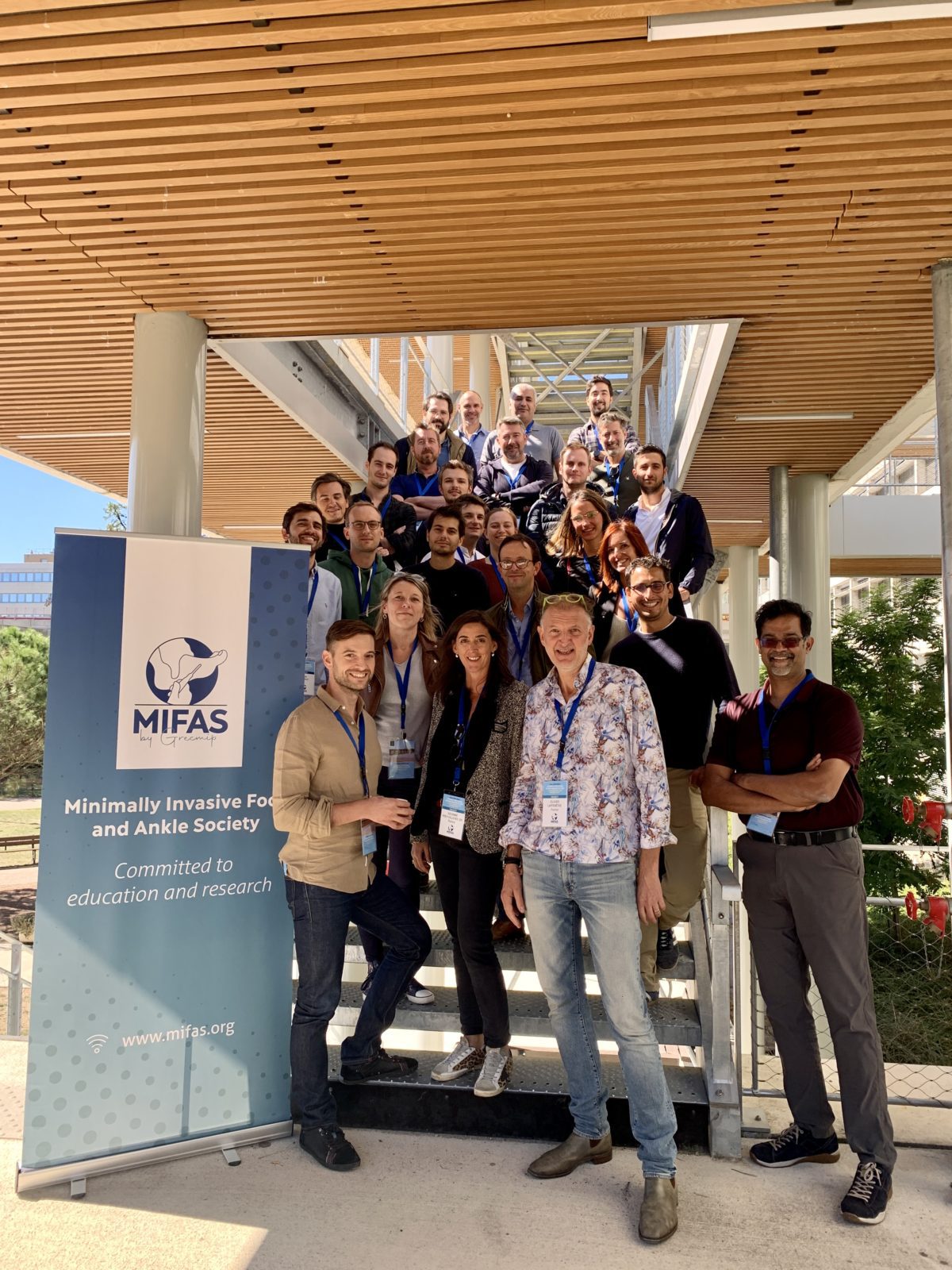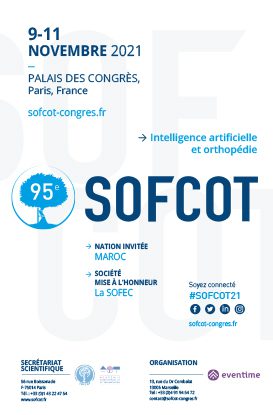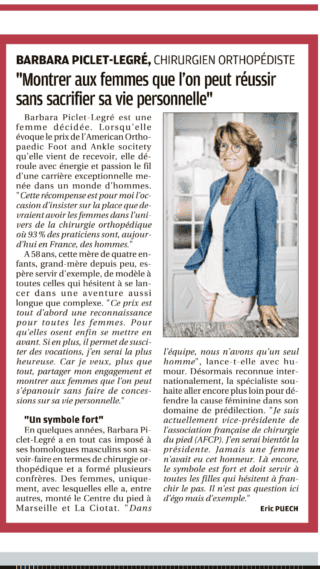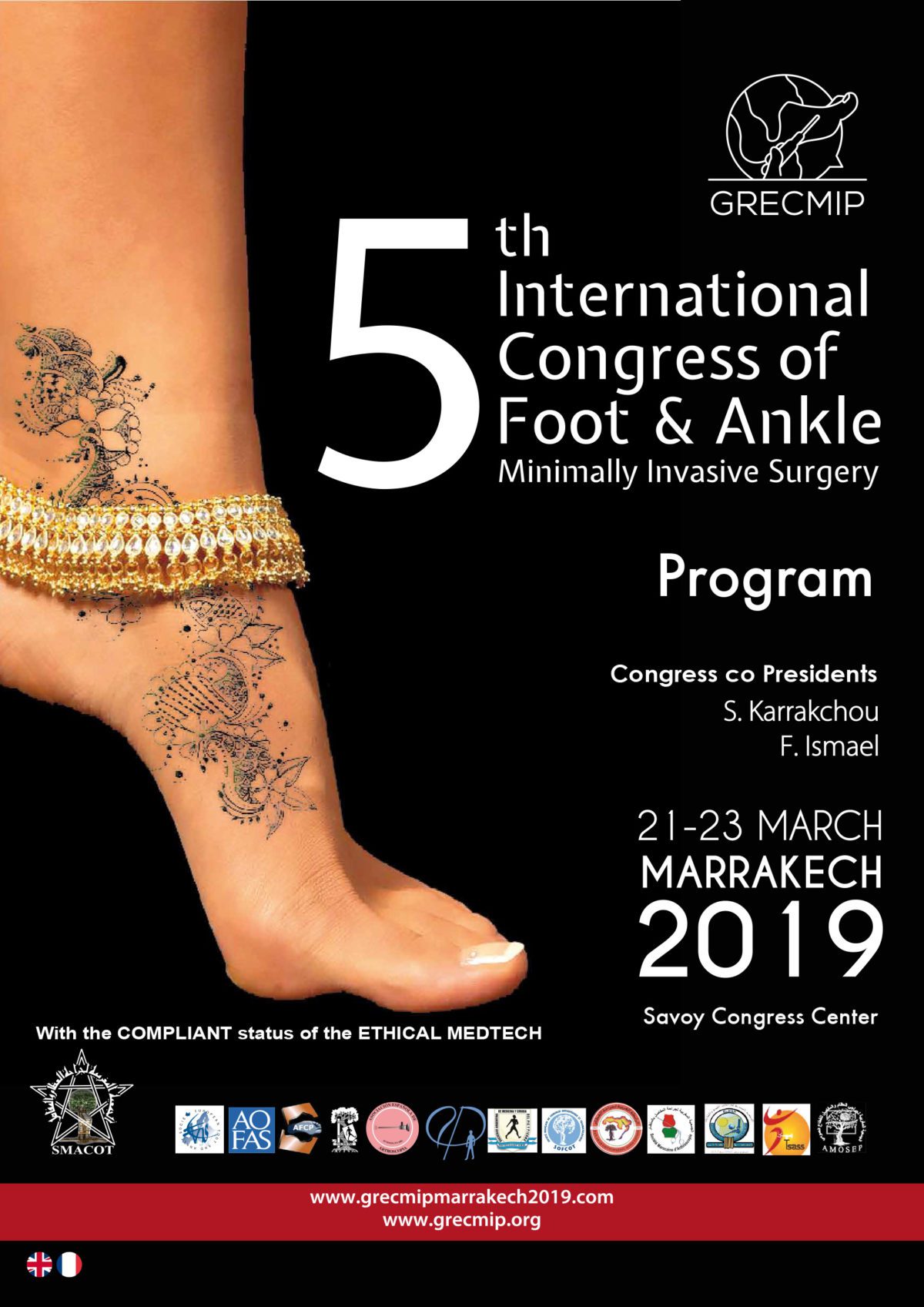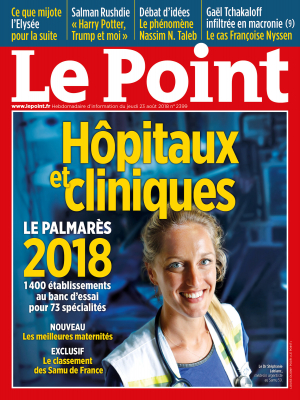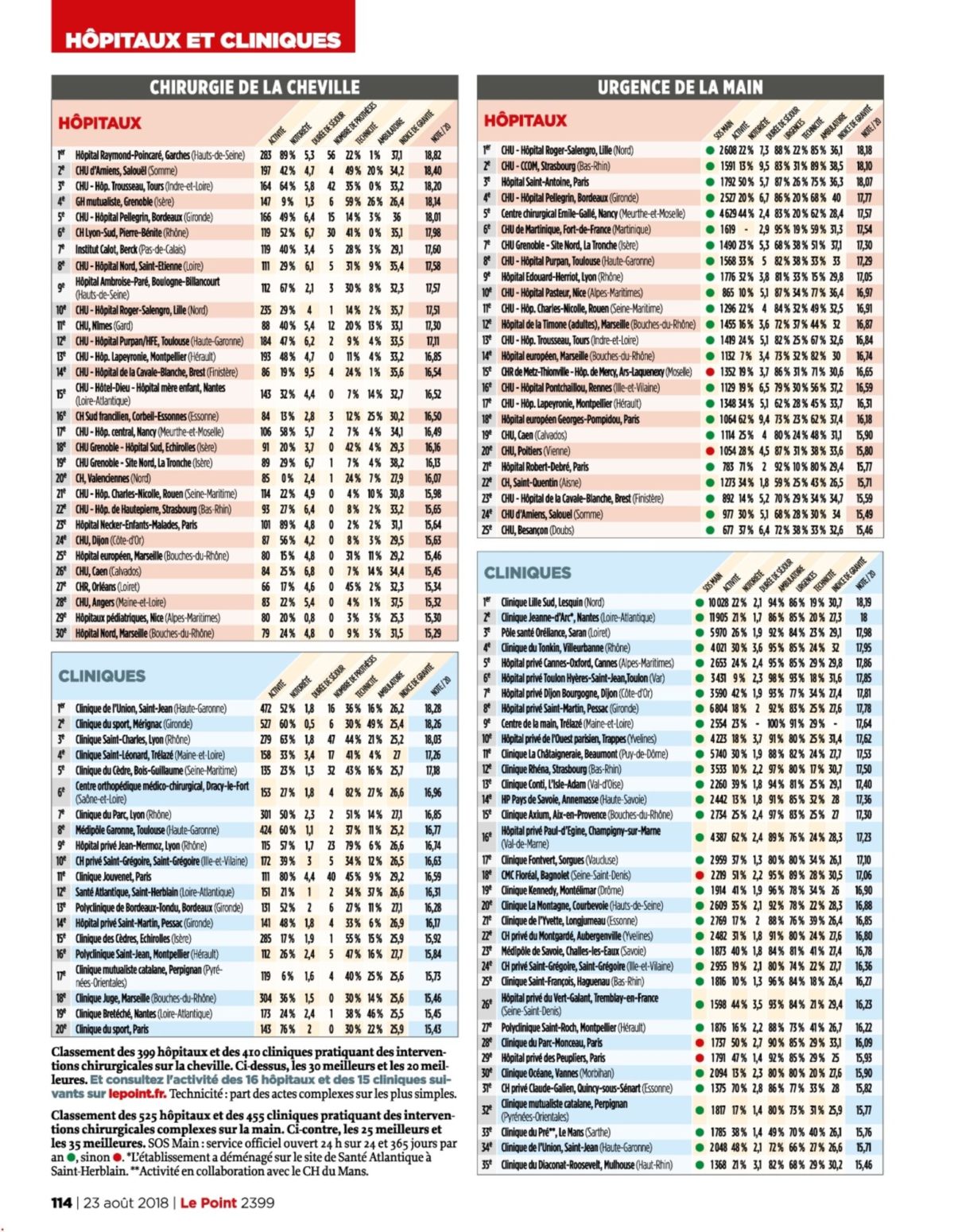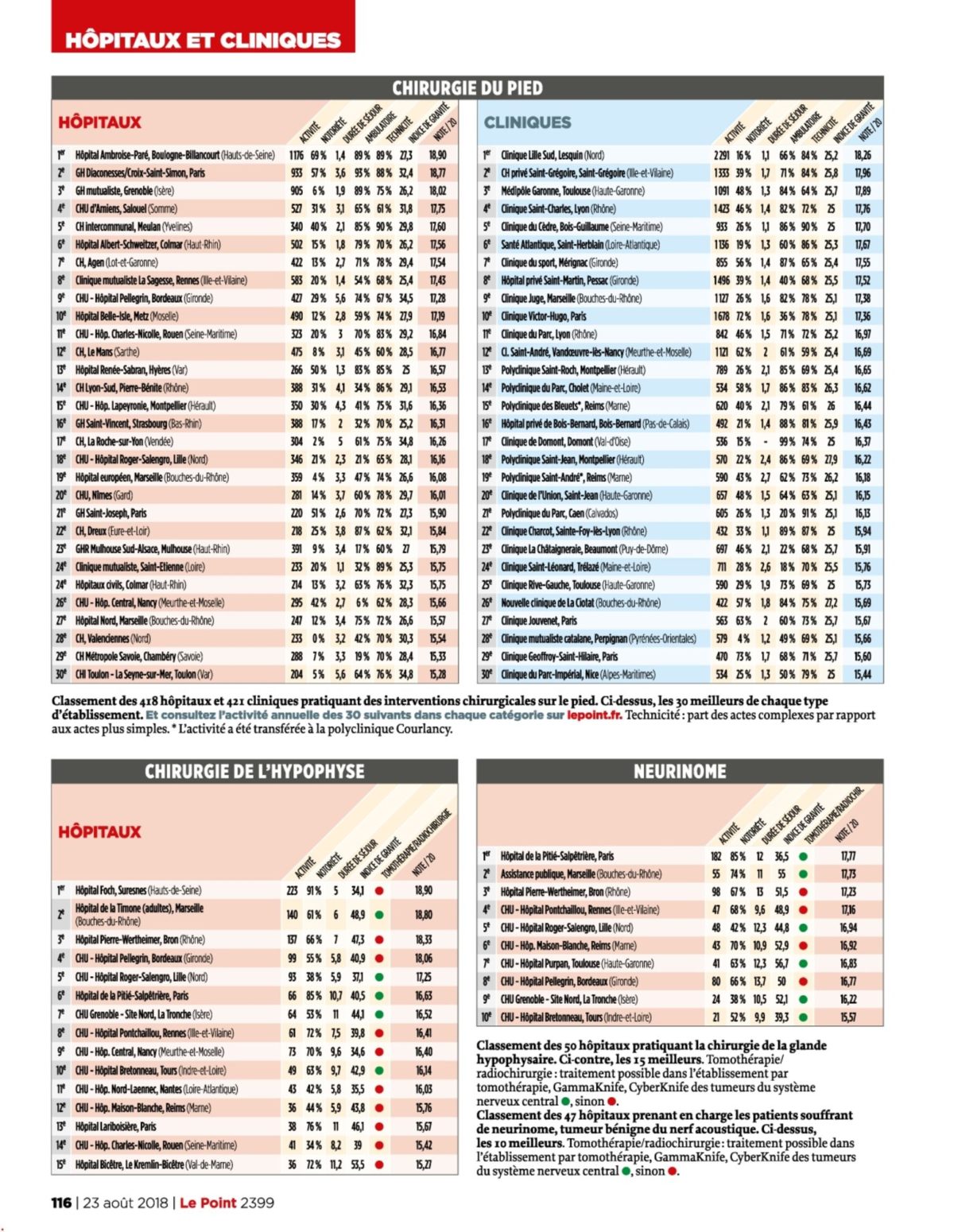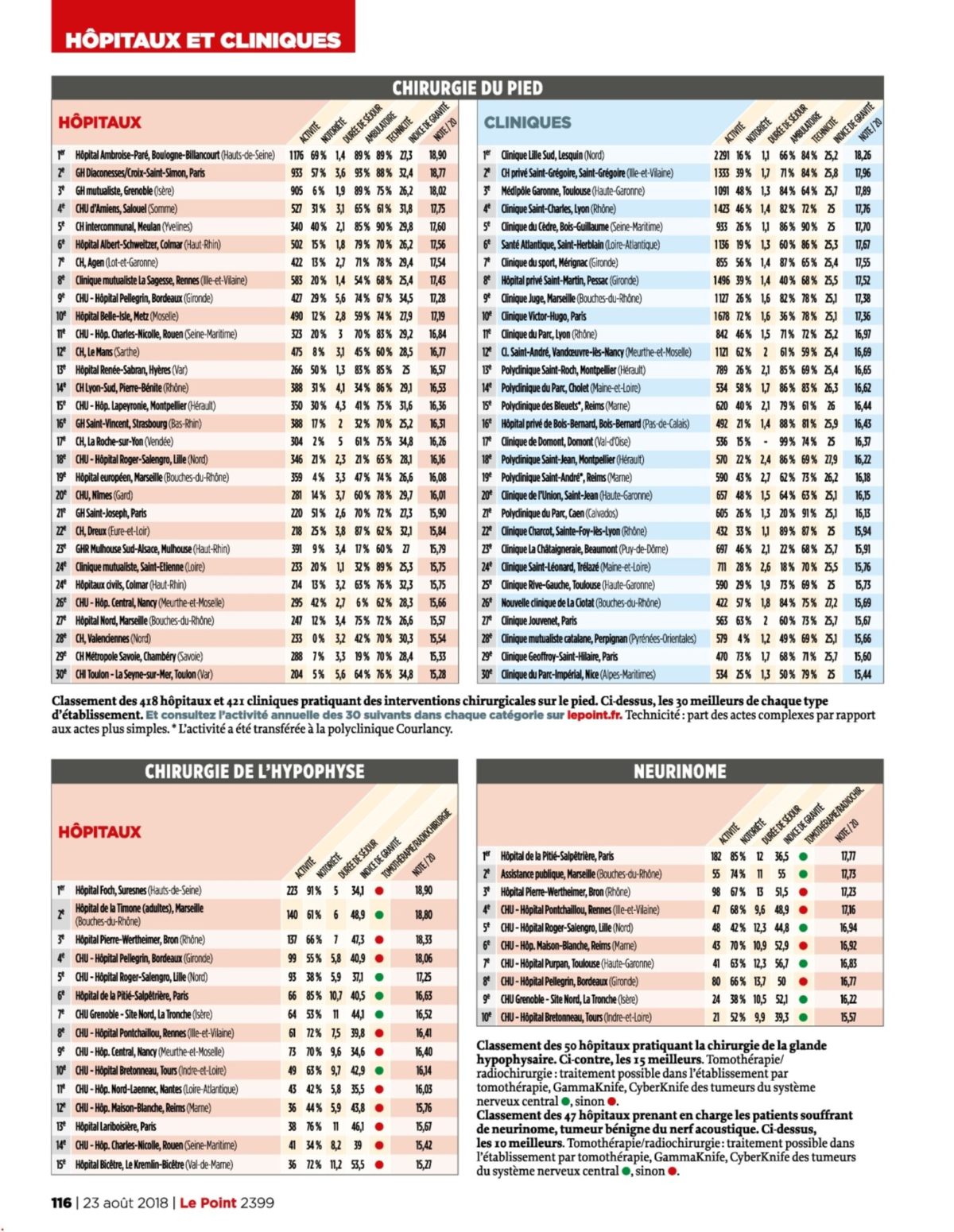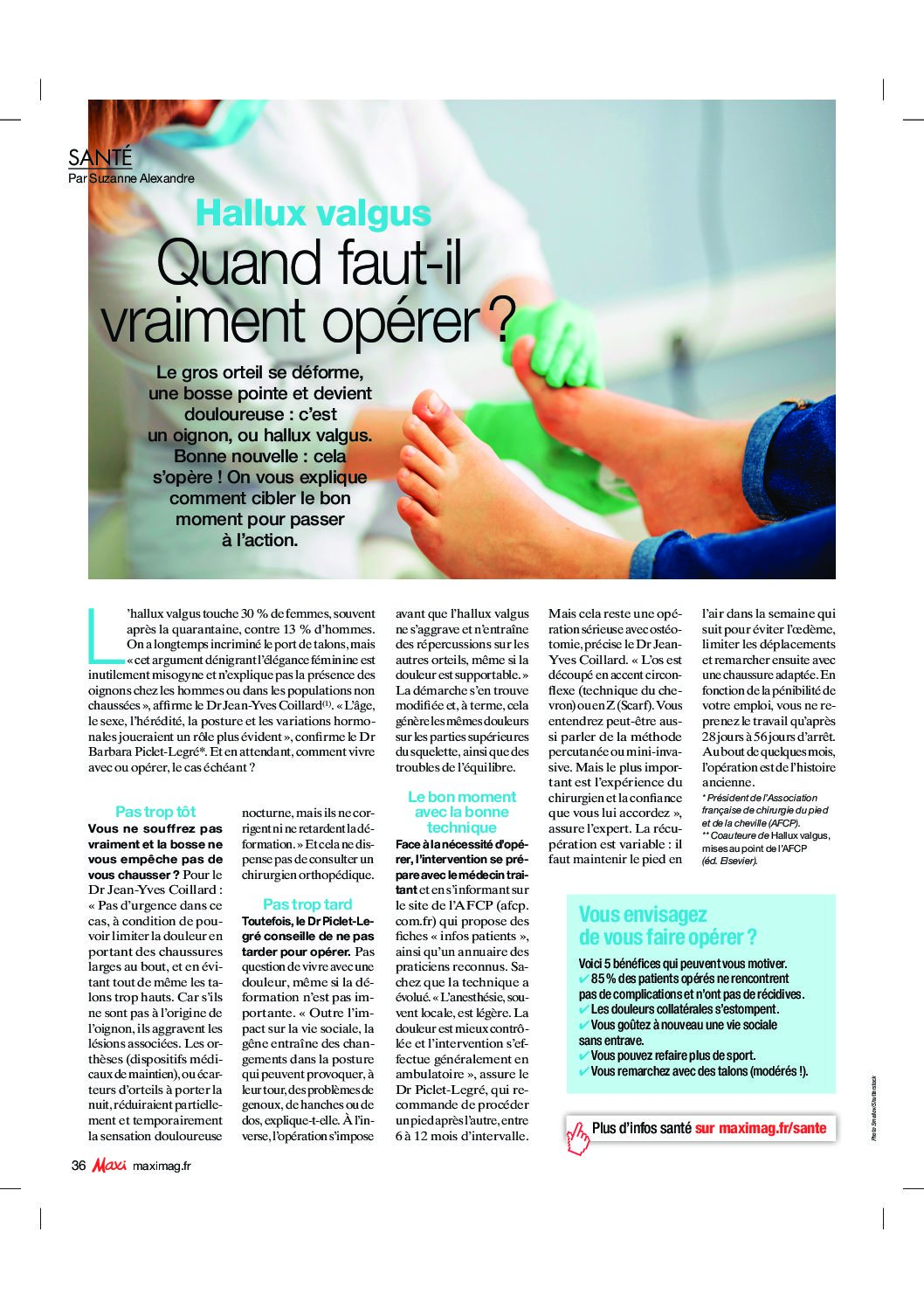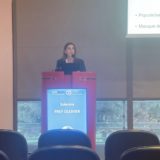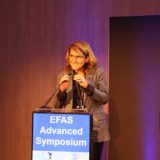DERNIÈRES NEWS
Experience Base Case Report: Pied Bot Varus Equin Adulte Dr Barbara Piclet–Dr Delphine Amsellem-Dr Solenne Frey
Articles manquants de la littérature en 2023 Dr Solenne Frey
Trucs et astuces/ comment tenir un orteil après une chirurgie percutanée? Dr Marianne Helix
Discussion de dossiers Cheville-Pied SOFCOT 2023 (déviations extrêmes de l’avant-pied, arthrodèse versus pyrocarbone pour l’hallux rigidus ) Dr Barbara Piclet
Round table MIS lesser toes deformities: the MTPJ dorsal MTPJ is the key
MIS solutions for extremelly difficult cases
Functional Hallux limitus: french experience
First metatarsal rotation in MIS chevron osteotomy: technical note
|
Ténolyse arthroscopique de la poulie du Flexor hallucis Longus dans l’hallux limitus fonctionnel. Solenne FREY-OLLIVIER (Marseille), Marianne HELIX-GIORDANINO, Barbara PICLET-LEGRE, Delphine AMSELLEM-AVINES BUREAU DES JEUNES : Comment démarrer et améliorer ma prise en charge des pieds plats non arthrosiques ? Solenne FREY OLLIVIER CONFÉRENCE Distal Metatarsal Minimally invasive Osteotomy (DMMO) : Comment je gère ? par Olivier LAFFENETRE/Modérateur : Barbara PICLET DOSSIERS CLINIQUES ISSUS DE FACEBOOK Pierre BAROUK – Prikesht MUKISH – Barbara PICLET LUXATION METATARSO-PHALANGIENNE DES ORTEILS LATERAUX : Brochage Trans-Métatarso-Phalangien et Ostéotomie DMMO ou DOMMO: Barbara PICLET ECHECS ET COMPLICATIONS CHIRURGICALES DE L’HALLUX VALGUS : Véronique DARCEL Caroline MUHL, Barbara PICLET SESSION GRAND PUBLIC Présentation de l’AFCP/FFAS : Barbara PICLET -Frédéric LEIBER-WACKENHEIM Docteur, pourquoi j’ai mal au pied ? Barbara PICLET -Pierre BAROUK
|
Le Dr AMSELLEM-AVINES Delphine nous a rejoint en Janvier 23: nous sommes désormais 4 Chirurgiens exclusif pied/cheville.
https://www.afcp.com.fr/2022/02/08/5eme-cours-sur-sawbones-de-lafcp/
Ces exercices peuvent être débutés 15 jours après la chirurgie et avec l’accord de votre chirurgien.
Introduction: The objective of this study was to evaluate the clinical and radiological results of DMMO limited to the second and third rays in patients suffering from metatarsalgia with lesion of the plantar plate of the second ray associated with a hallux valgus. Our hypothesis was that this gesture allowed an improvement of the clinical and paraclinical symptoms.
Material and method: For this retrospective, single-center, single-operator study, 112 patients (mean age 65.52 years, 91% women, 127 feet) operated between June 2015 and October 2020 were included based on the following criteria: metatarsalgia complicated by lesion of the plantar plate with hallux valgus. Secondary metatarsalgia, congenital malformation, pes cavus, Freiberg’s disease, gastrocnemius retraction were excluded
The surgery began with DMMOs of the 2nd and 3rd metatarsals, then a minimally invasive chevron osteotomy adjusted the length of the 1st metatarsal in relation to the lateral rays. The position of the toes was guided by a bandage for 2 weeks relayed by a molded orthoplasty for 4 weeks. Support was complete with a rigid flat shoe.
At a mean follow-up of 3 years (14-80 months), the AOFAS functional score and radiographic measurements (Maestro criteria, bone consolidation) were evaluated.
Results:
The clinical improvement was significant with an AOFAS score going from 44.9 to 91.8 (p>0.05)
We observed 8.7% of complications: 4 transfer metatarsalgia on the 4th or 5th metatarsal, 1 asymptomatic callus under M4, 1 asymptomatic nonunion of M2, 5 spontaneously resolving delayed consolidation, 1 algodystrophy.
The radiographic improvement was significant on our morphotypes which were disharmonious in 92% with M45 hypoplasia in 76% and long M23 in 16%.
Indeed, the DMMO limited to the 2nd and 3rd metatarsal allowed a significant reduction in the difference in length between the 3rd and 4th metatarsal (p>0.05)
Our 4 cases of transfer metatarsalgia under M4 or under M5 were not explained radiologically by relative length anomaly.
Conclusion: Performing DMMO limited to the 2nd and 3rd metatarsals appears to be a reliable solution in the management of metatarsalgia by lesion of the plantar plate associated with hallux valgus, the risk of transfer metatarsalgia was not increased compared to the data of literature.
My name is Barbara Piclet, as you may tell I am from France … I am a exclusive foot and ankle surgeon since 30 years in 1992.
I’d like to take a moment to give thanks for this special award. It’s special for multiple reasons; My father before me, was a great European surgeon, and I put a lot of effort to live up to his success and make my own as a surgeon. In an environment surrounded by men, I was the first and only woman surgeon in my city, probably one of very few in France.
My colleagues, chiefs, and mentors were all men and so to make space for myself I had to be better and more technical. When I decided to specialise within orthopaedics, I took it upon myself to learn as much as I could, and a lot of that came from American books. This award and being here today, after all these years for me really is coming back full circle.
It is a personal achievement, that I am proud of.
MIS allowed me to get to know better the big family of foot and ankle surgeons around the world. It’s now time for the next stage in my career. In November, I’ll be president of the French foot and ankle orthopaedic society, and this will be the first time a woman held a presidency in an orthopaedic society in France. I am very honoured to be paving the way for future woman surgeon in my country. I will take this opportunity to share my experience with as many surgeons as I can, and continue to learn and exchange from them. I will also try to learn from other specialties in order to better understand why the foot is painful in a holistic approach.
Science brings us together, human and caring bonds us, I strongly believe we need to integrate that more in our practice.
# – CTA02 Ostéotomie de P1 des orteils latéraux : nouvel abord percutané combinant 3 gestes de correction des déformations PIP.
#-Mini-Battle La chirurgie de l’hallux est-elle esthétique ou fonctionnelle ? Pierre BAROUK (Bordeaux), Mohamed RTAIMATE (Lesquin), Barbara PICLET (Marseille)
# – CP22 Résultats des ostéotomies distales métatarsiennes mini invasives (DMMO) limitées au 2° et 3° rayons. A propos de 112 cas.
#- Session du bureau des jeunes de l’AFCP. Comment préserver la Métatarso-phalangienne dans les Hallux varus. Solenne FREY (Marseille)
#- Petit déjeuner de l’AFCP. Conférenciers : Marc ELKAIM (Paris), Solenne FREY (Marseille)
Résultats des ostéotomies distales métatarsiennes mini invasives (DMMO) limitées au 2° et 3° rayons.
A propos de 25 cas . Dr Barbara Piclet-Legré, Dr Stéphanie Cohen Silvy
Cas cliniques AFCP-Brachymétatarsie. Dr Barbara Piclet-Legré
Efficacité de l’arthrorise sous talienne dans le traitement du pied plat valgus réductible chez l’enfant : étude sur 50 cas. D.Amsellem-Avines-S.Frey-Ollivier- M. Hélix-Giordanino , B. Piclet-Legré
Le chevron dans l’hallux valgus et les gestes associés Relive surgery
Dr B. Piclet-Legré (Marseille La Ciotat)- Dr Jean Yves Coillard (Lyon).

Les Drs HELIX Marianne et FREY Solenne pratiquent la ligamentoplastie de cheville sous Arthroscopie.
Il s’agit de techniques permettant de réparer ou reconstruire les ligaments “abimés” de la cheville dans les suites d’entorse grave de cheville et/ou d’instabilité.
La technique arthroscopique (“sous caméra”) permet d’avoir de petites incisions ce qui améliore la récupération fonctionnelle et surtout qui permet de traiter dans le même temps les lésions associées (ex: LODA, lésions du ligament interne, etc, …).
L’équipe du Centre du Pied a récemment organisé une formation destinée aux médecins et kinésithérapeutes sur cette nouvelle technique. Une nouvelle session se fera à la rentrée 2019.

